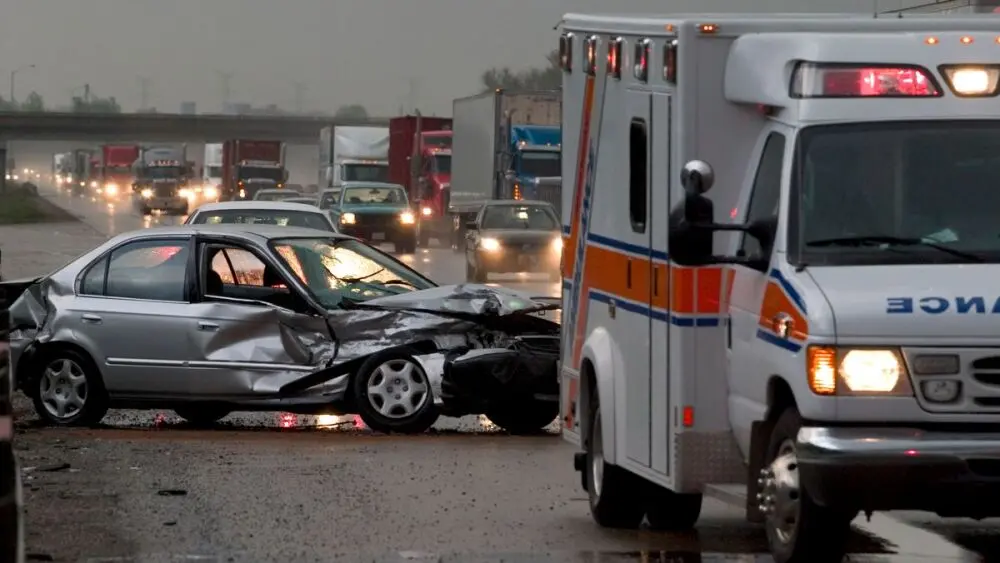When you’re training to become an EMT, preparation is everything. Your emergency kit isn’t just a checklist it’s a reflection of your readiness to respond in real life scenarios. From basic tools to life saving devices, having the right equipments can sharpen your skills and boost your confidence during clinicals and practical exams.
Here’s a breakdown of the 10 essential items every EMT student should include in their emergency kit:
Image Source: Getty Images
1. High-Quality Stethoscope
A stethoscope is more than a symbol it’s a frontline diagnostic tool. Investing in a quality stethoscope ensures you can hear subtle heart and lung sounds clearly, which is crucial during assessments. Choose a durable model known for acoustic accuracy to help you build clinical confidence.
2. Manual Blood Pressure Cuff (Sphygmomanometer)
Understanding how to take manual blood pressures is a core EMT skill. While automated devices are convenient, mastering the manual cuff gives you greater control and helps you build foundational knowledge of blood pressure dynamics especially useful when digital tools fail in the field.
3. Trauma Shears
Trauma shears allow you to cut through clothing, seatbelts, or bandages safely and quickly. Designed with blunt tips to avoid injury, these tools are essential in fast moving emergency scenes. Opt for a pair with a sturdy grip and stainless steel blades.
4. Nitrile Gloves
Gloves are your first line of defense against cross contamination. Keep several pairs of durable, latex free nitrile gloves in your kit. They should fit well, offer good tactile sensitivity, and be easy to put on quickly in high pressure situations.
5. Tourniquet
Controlling severe bleeding is a time critical task, and a proper tourniquet can save lives. EMT students should not only carry one but also practice applying it effectively. Look for models with clear instructions and reliable locking mechanisms.
6. Pocket CPR Mask
A compact CPR mask offers a hygienic way to perform rescue breaths. These masks help create a secure seal and protect both the provider and patient. EMT students should be comfortable deploying this tool quickly in respiratory emergencies.
7. LED Flashlight
Emergencies don’t always happen in well lit environments. A small but powerful flashlight is crucial for assessments in dark or low visibility settings. Choose one with adjustable brightness, water resistance, and a long battery life.
8. Thermal (Emergency) Blanket
Lightweight and space efficient, thermal blankets help prevent hypothermia and protect patients in shock. Learn how to wrap patients correctly to maintain body heat and provide comfort until advanced care arrives.
9. Adhesive Bandages
Quick wound care can prevent infection and stabilize minor injuries. Stock your kit with a variety of adhesive bandages in multiple sizes. Though simple, they’re indispensable in everyday care situations.
10. Pocket First Aid Guide
Even the best students need quick refreshers in stressful moments. A pocket sized first aid guide provides step by step instructions for a variety of situations. It’s a great resource for reinforcing your training on the go.
Final Thoughts
Your emergency kit should be more than just functional it should reflect your commitment to excellence. By equipping yourself with these ten essential tools, you’ll be ready to handle the demands of training and real world emergencies with professionalism and poise. Preparedness starts now.
Stay equipped. Stay focused. Stay ready. Visit us at MedTechKits.com

